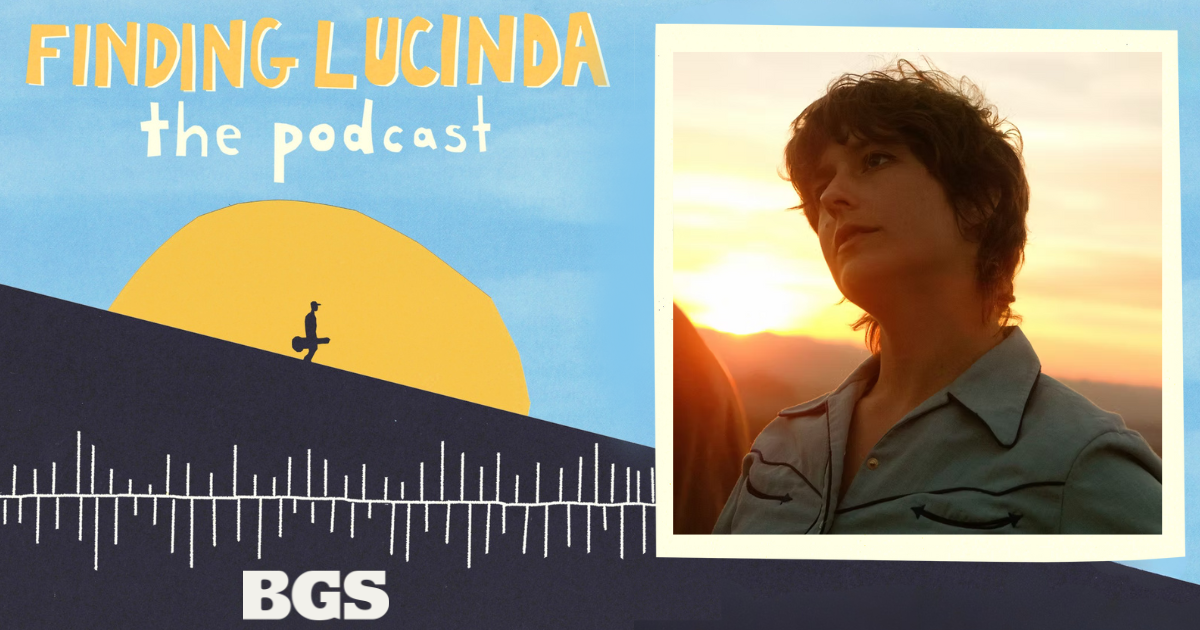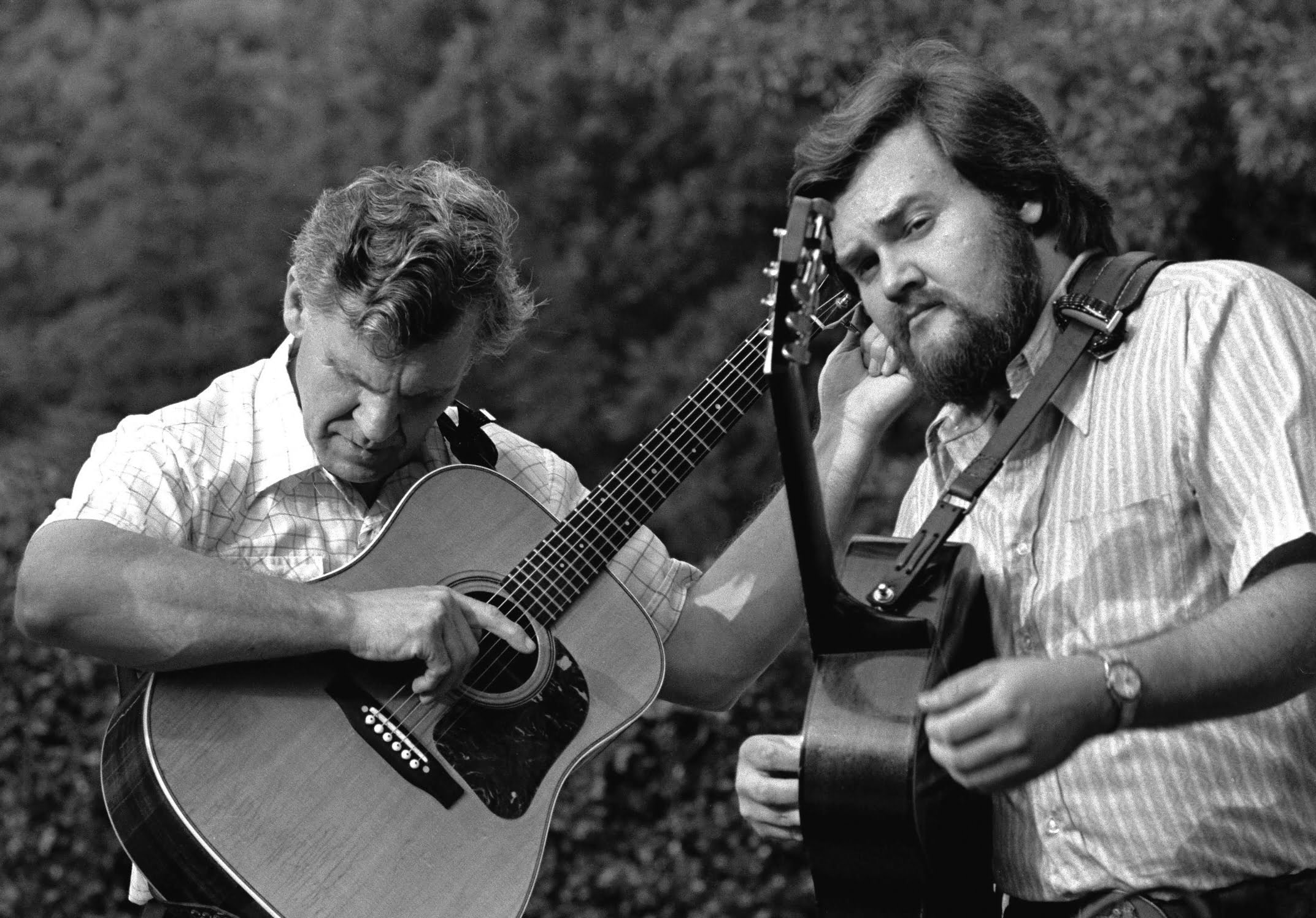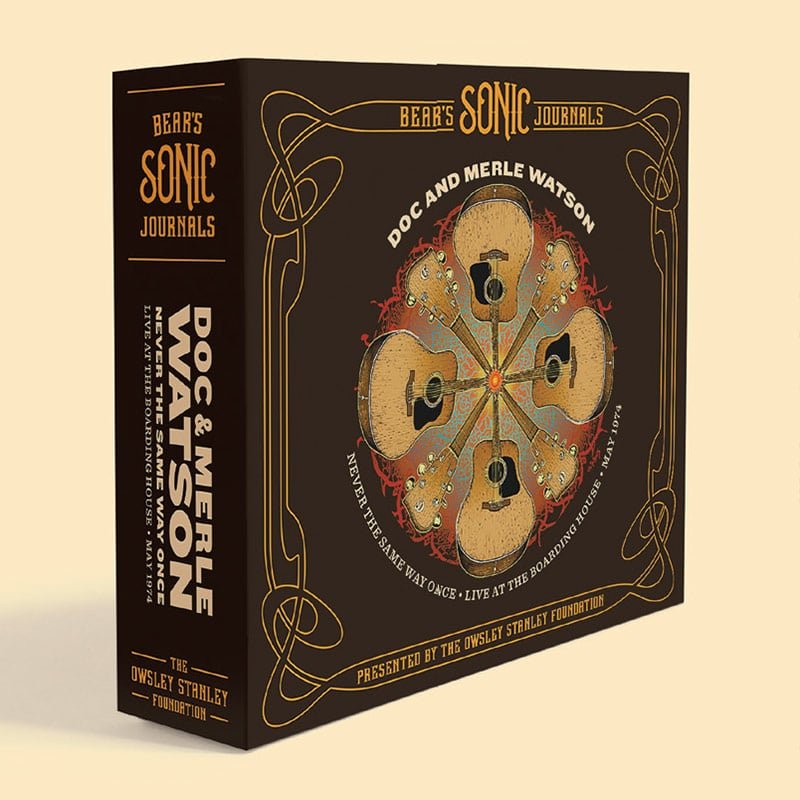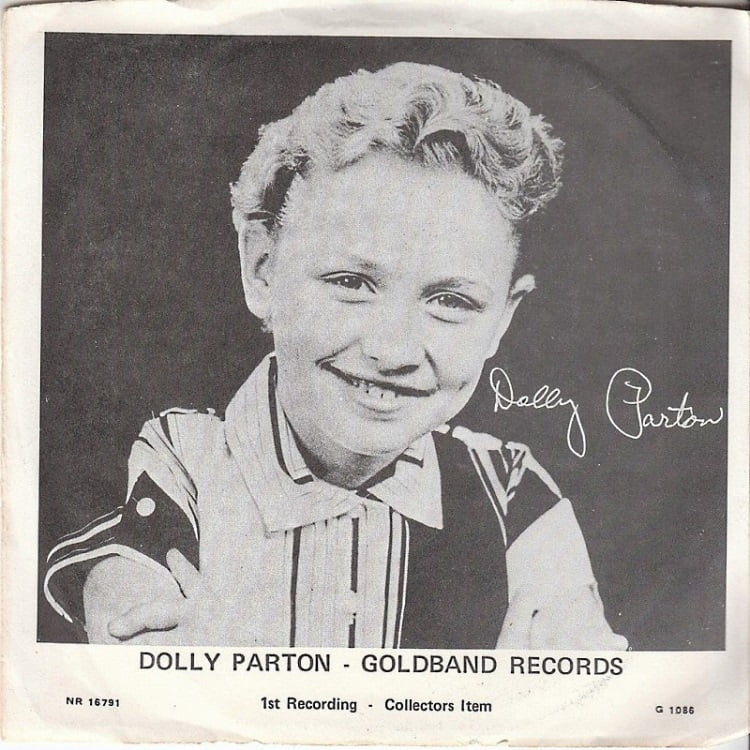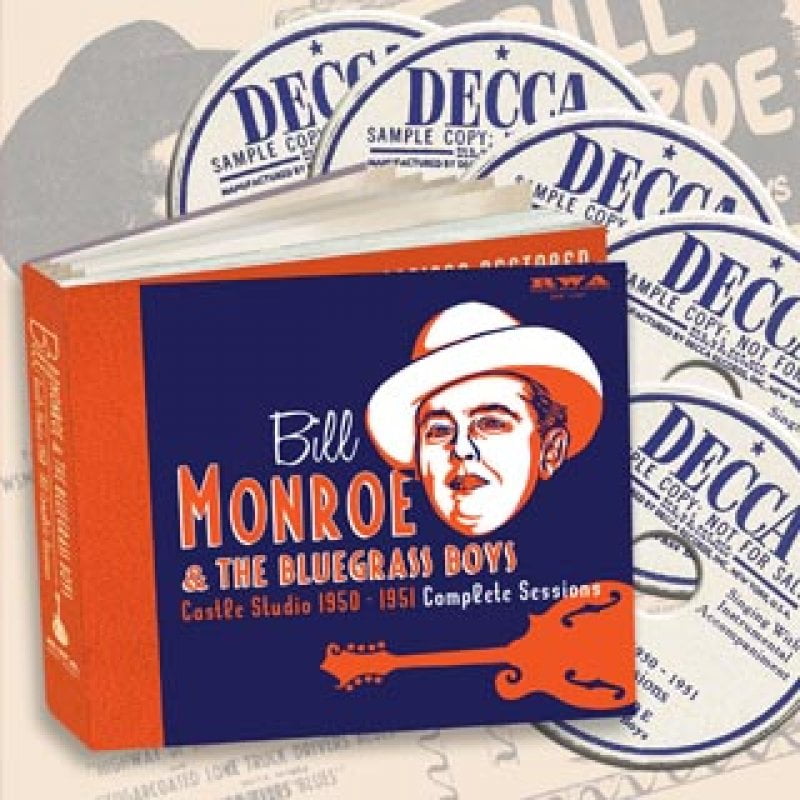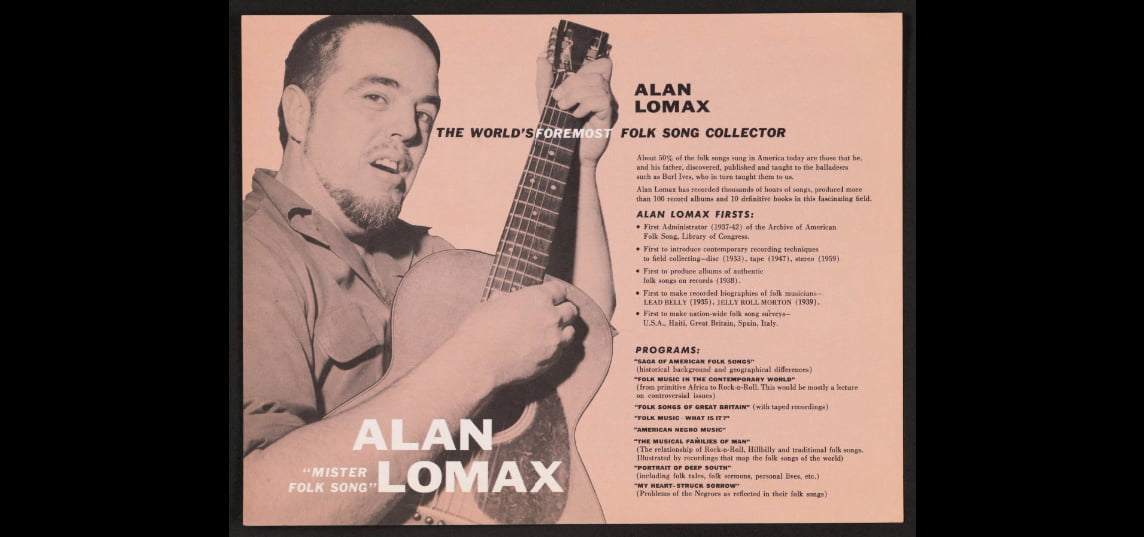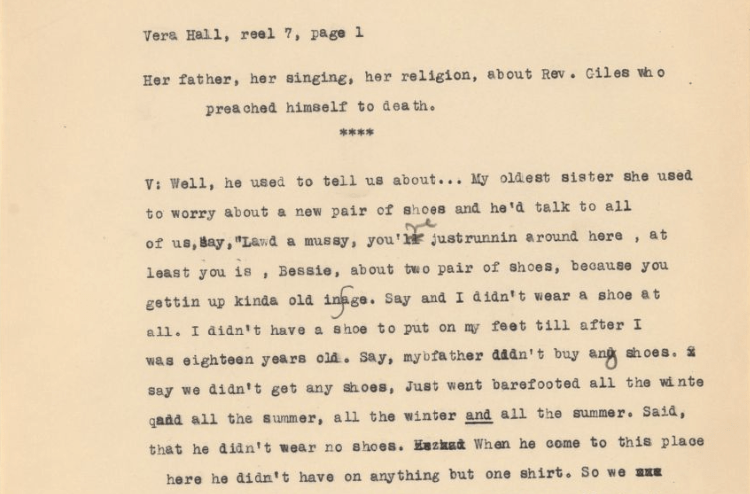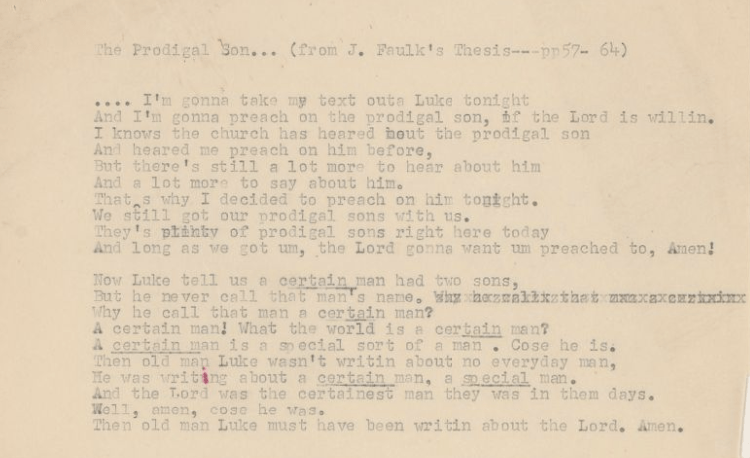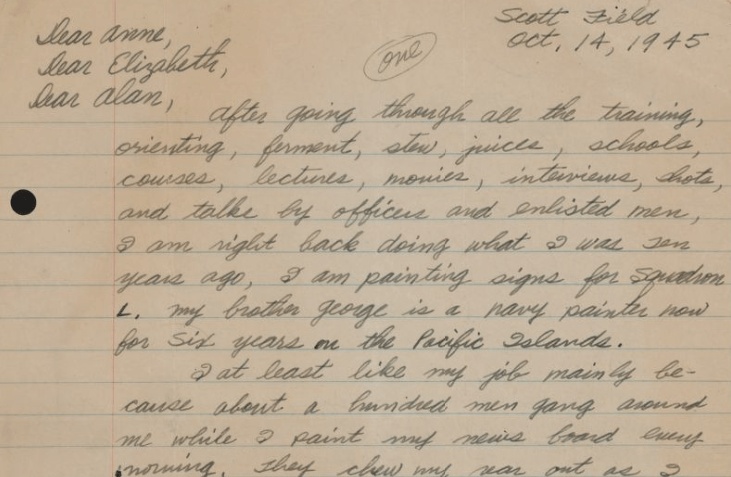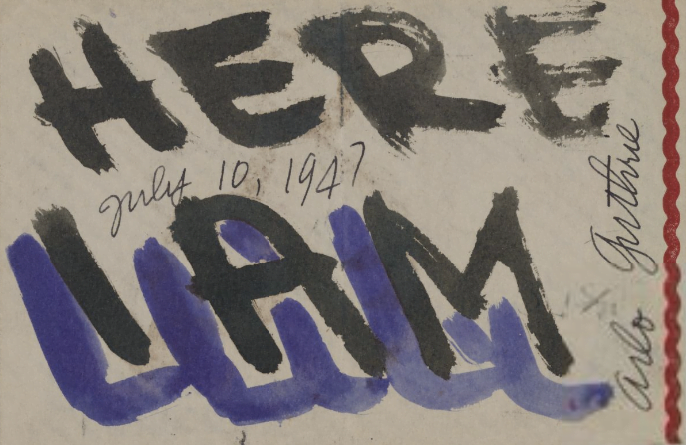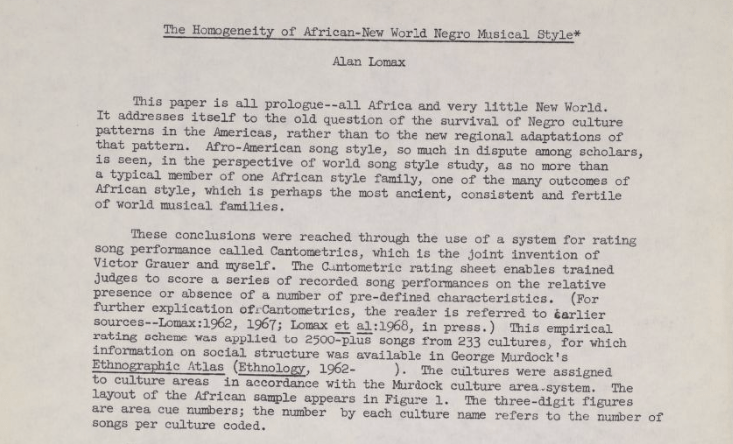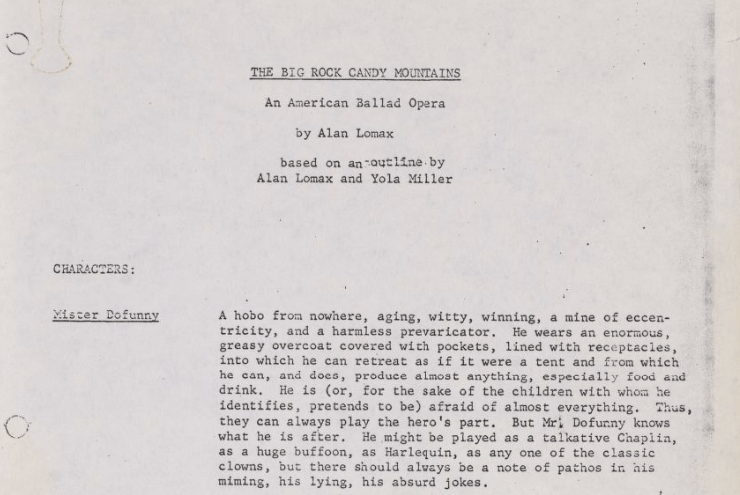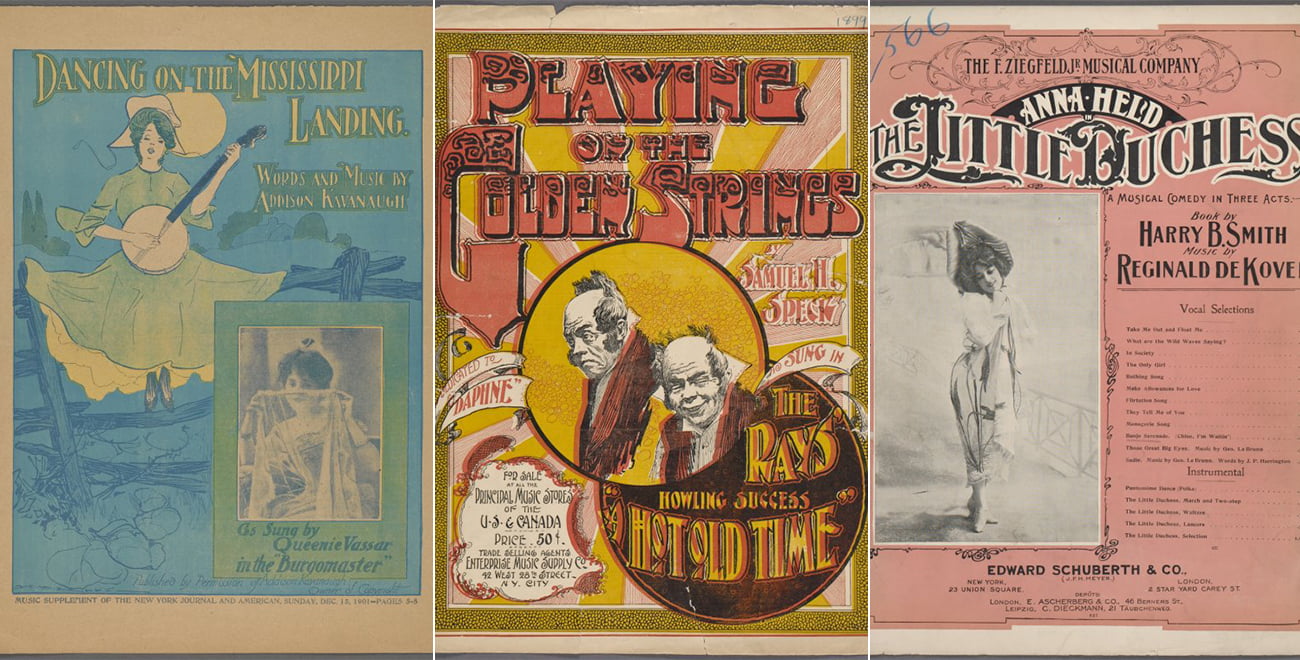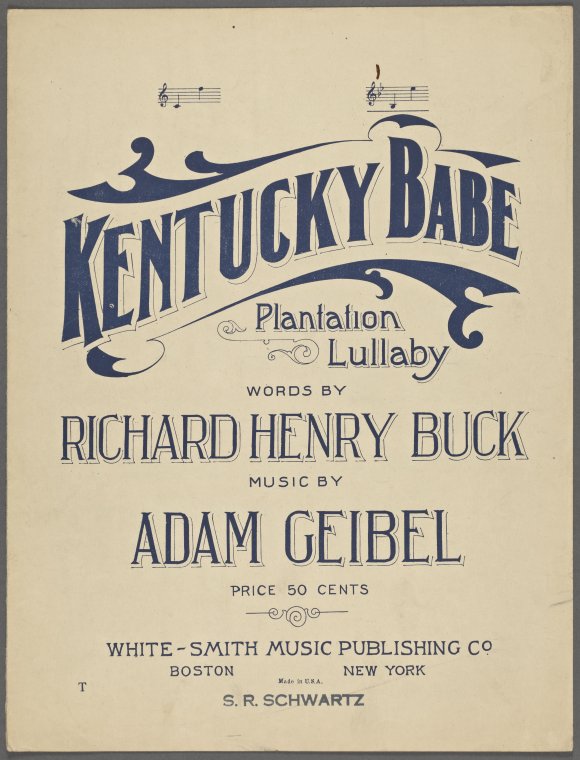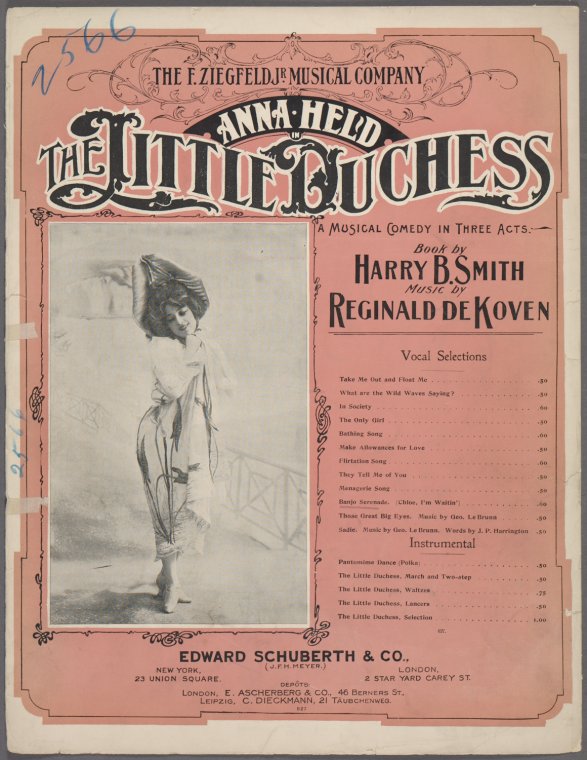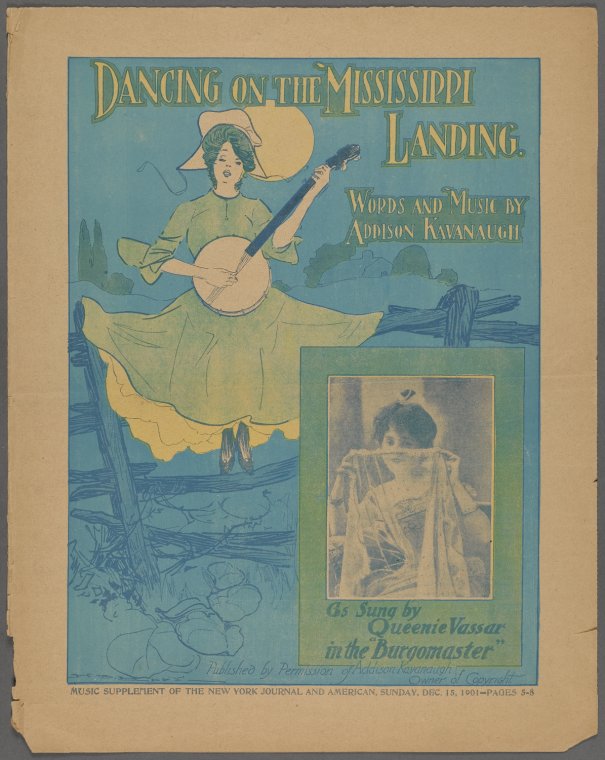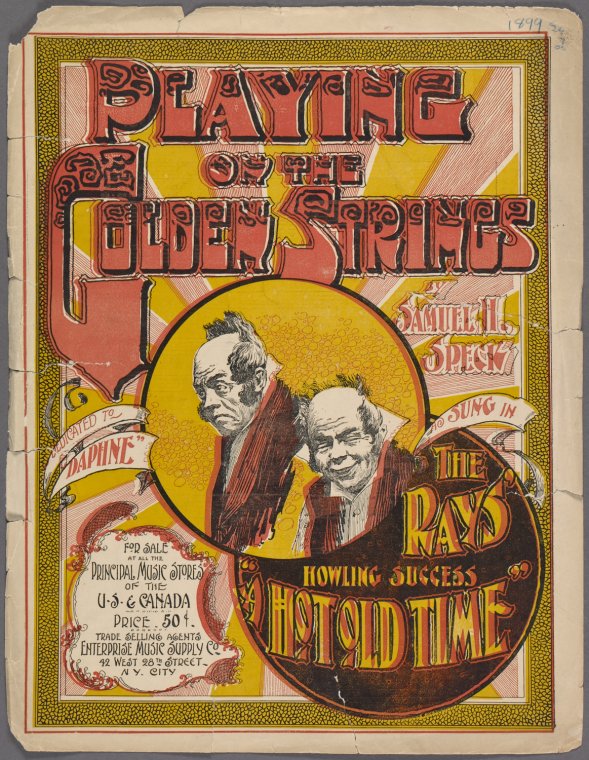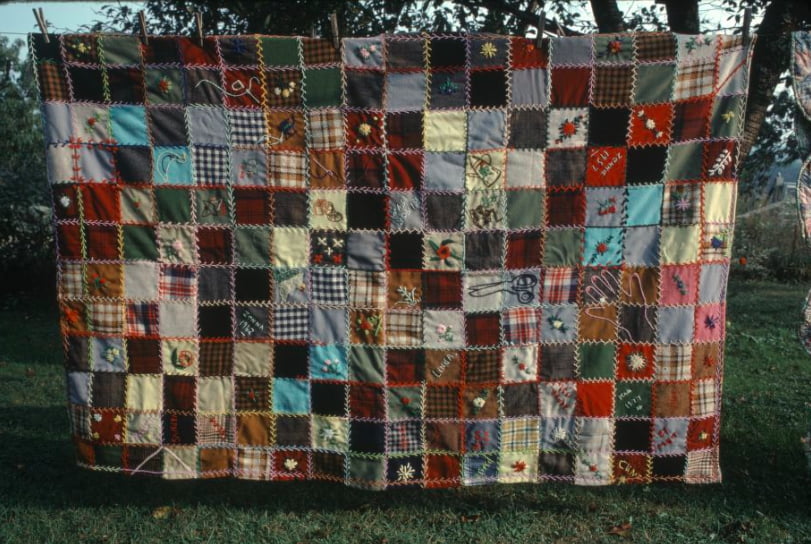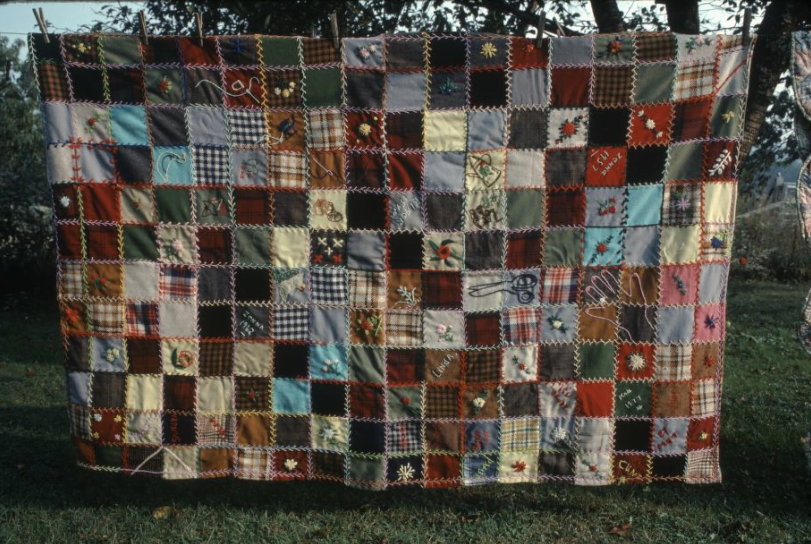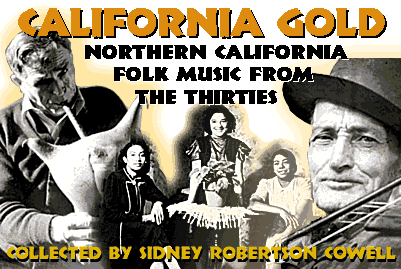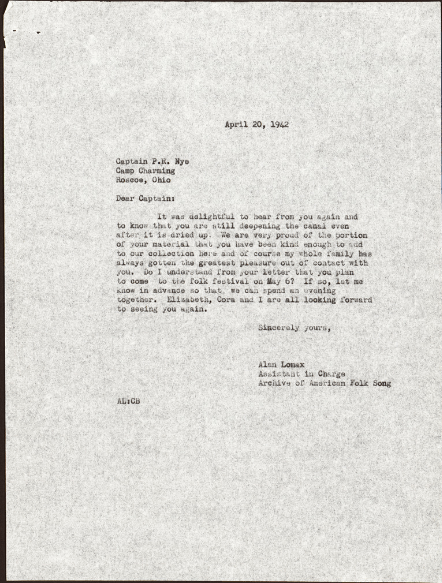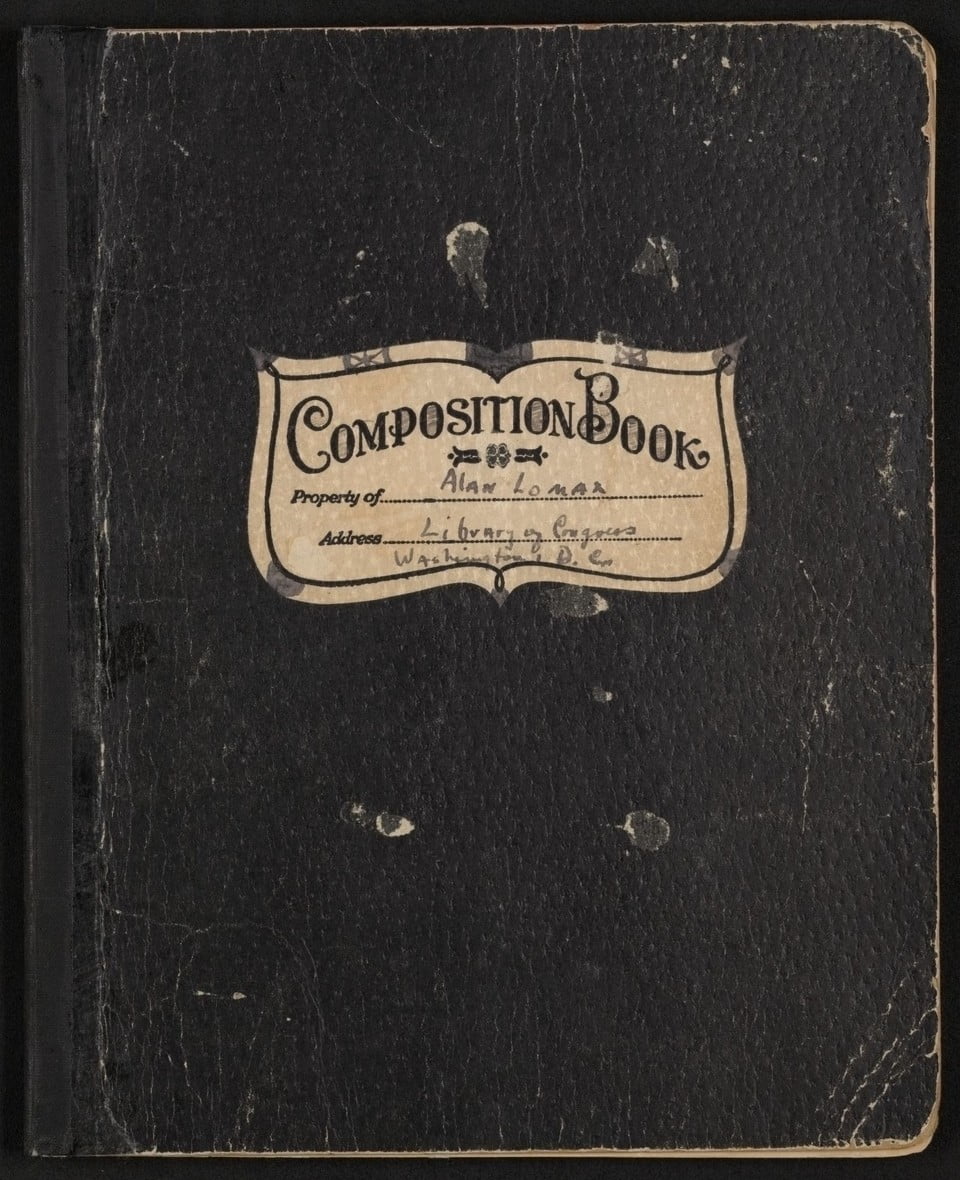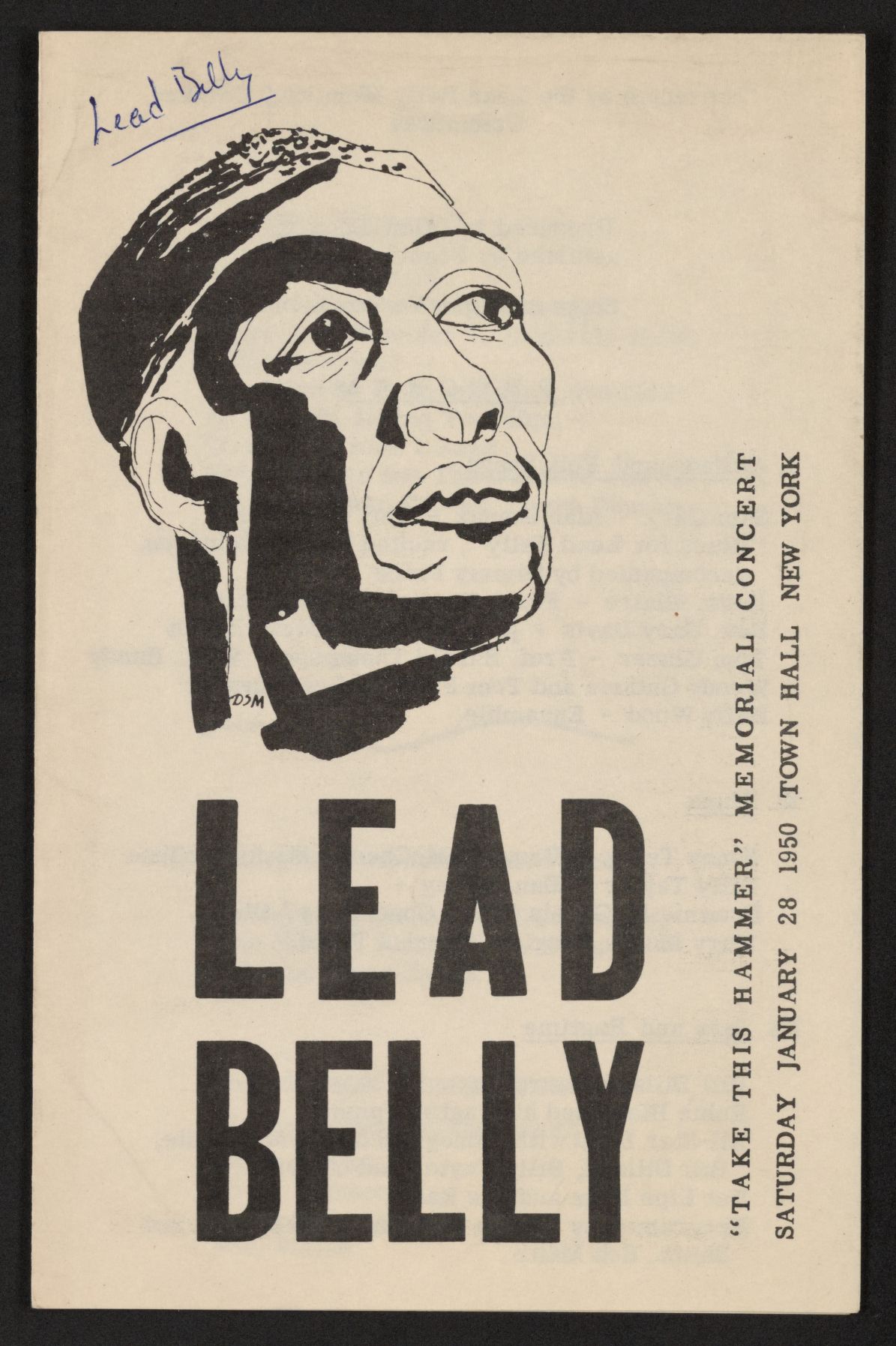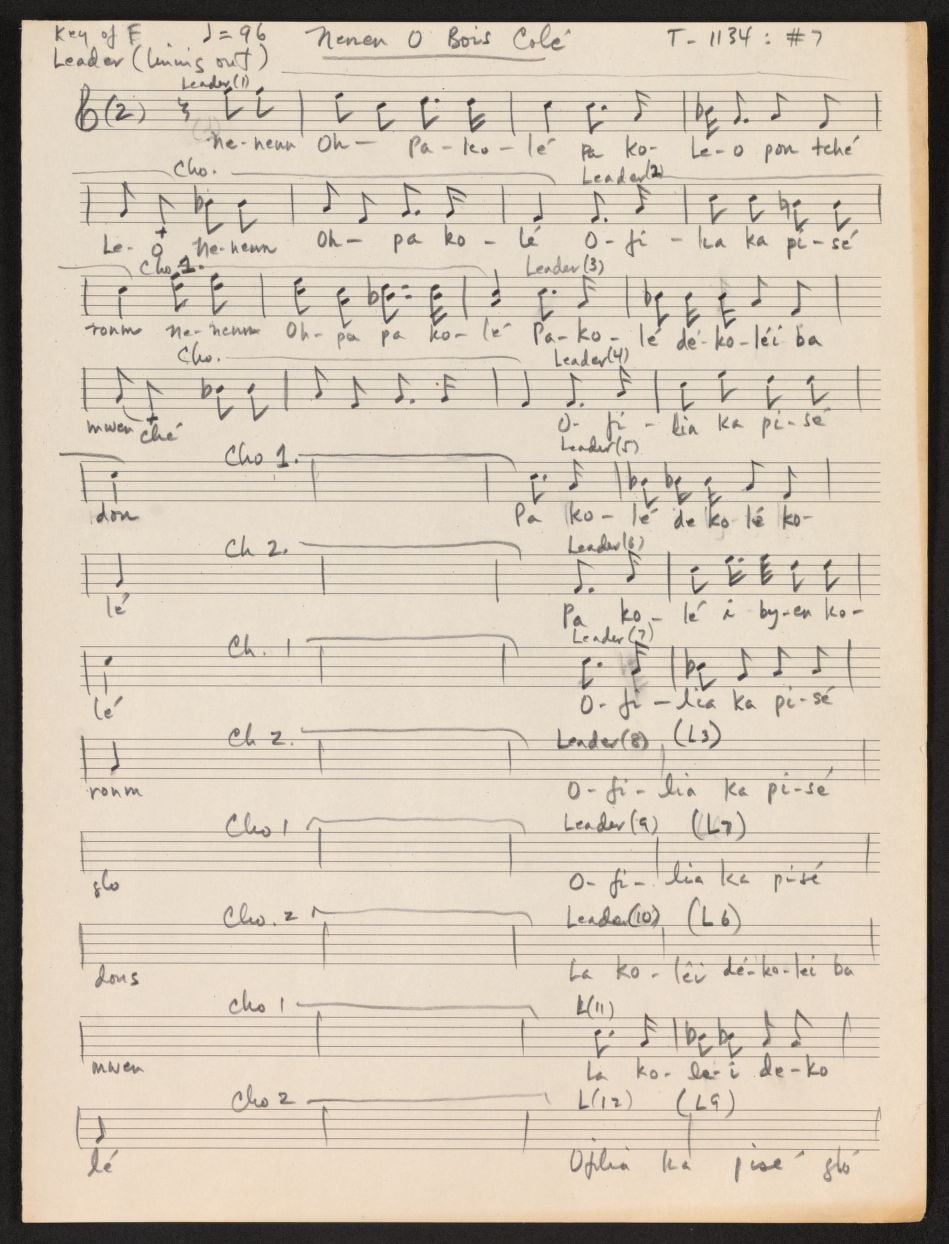The Finding Lucinda podcast is now available on all major podcast platforms, with new episodes released twice a month. Listen right here on BGS or wherever you get podcasts. Finding Lucinda, the documentary film, was released on September 9, 2025. Both the film and podcast showcase never-before-heard archival material, intimate conversations, and a visual journey through the literal and figurative landscapes that molded Lucinda’s songwriting.
Twice a month, new episodes will be shared across podcast platforms and right here, on BGS, in our full episode list and breakdown. Simply bookmark this article for new episodes and updates every two weeks!
Find more information on Finding Lucinda here. The film is now available for purchase, rental, or streaming via video on demand. Find ways to watch here.
Episode 12: Chuck Prophet & Ismay on Producing Finding Lucinda
LISTEN: APPLE • SPOTIFY • AMAZON • MP3
After the conclusion of their journey, Ismay tours the nation with screenings of Finding Lucinda, inviting local artists to play Lucinda Williams songs in the round. Following a show at Chico Women’s Club in California, Ismay interviews Chuck Prophet, a celebrated musician who co-produced the film. The pair discuss the origins of the project, what surprised them about making this documentary, and how Lucinda has influenced their songwriting and careers. They also discuss Chuck’s time opening for Lucinda in the early 2000s.
Episode 11: Meeting Lucinda Williams
LISTEN: APPLE • SPOTIFY • AMAZON • MP3
For the finale of their road trip, Ismay finally gets to meet the center of this entire narrative – Lucinda Williams. Their goal is seeking guidance about what to do with their self doubt. Ismay discovers that Lucinda had one major difference in her origin story that is the key to understanding why she never gave up herself. Ismay and Lucinda also discuss items from the archives that Ismay has gathered along their route to Nashville. Ismay performs the song, “Spin,” from the archives for her and is surprised by Lucinda’s reaction.
Episode 10: Visiting Ray Kennedy at the Room and Board
LISTEN: APPLE • SPOTIFY • AMAZON • MP3
Ismay wakes up the day after interviewing Mary Gauthier ready to attend a live performance by Lucinda Williams at the Ryman Auditorium. In order to finish out their journey, Ismay hopes to interview Lucinda right before her show and find a conclusion to their road trip. However, it turns out that due to unforeseen circumstances the interview is no longer possible. So, Ismay attends the show anyway and has to make a decision about whether to continue following Lucinda or to move forward. Plus, they meet up with engineer and producer for Car Wheels On A Gravel Road, Ray Kennedy.
Episode 9: Mary Gauthier’s “Mercy Now”
LISTEN: APPLE • SPOTIFY • AMAZON • MP3
Ismay travels across Nashville to the Station Inn to meet with legendary folk singer-songwriter Mary Gauthier. This episode of Finding Lucinda is different from those in the past – rather than interviewing a character from Lucinda Williams’ history, Ismay speaks to Mary because of their shared experiences as fans and devotees of Lucinda’s music.
Mary reveals that her most well known song was in fact directly derived from techniques Lucinda uses in her songwriting. This conversation turns out to be incredibly revelatory, as wisdom Mary imparts allows Ismay to discover that what they initially thought this journey was all about may in fact be completely upended.
Episode 8: Buddy Miller Talks Car Wheels On A Gravel Road
LISTEN: APPLE • SPOTIFY • AMAZON • MP3
In this episode of Finding Lucinda, Ismay drives to Nashville to share the incredible never-before-heard tape they found during their road trip journey with friend Buddy Miller. Miller is known to have contributed essential parts to Lucinda’s breakthrough, Car Wheels On A Gravel Road. Ismay reviews the commonly told story about the making of this record, how fraught it was, and realizes that there actually is important history to uncover – history that reveals a more interesting and unexpected truth about why this record was so challenging to make. Ismay discusses Lucinda’s history in L.A., where she met a critical collaborator Gurf Morlix and subsequently made her albums Sweet Old World and Lucinda Williams.
Episode 7: Treasures From the Tape Vault
LISTEN: APPLE • SPOTIFY • AMAZON • MP3
In the most exciting moment of the Finding Lucinda road trip thus far, Ismay hears from interviewee Wolf Stephenson that there is some archival material he wants to share from the concrete tape vault. After sitting on the shelf for 40 years, Wolf has finally brought three boxes down to review. He finds that there is something mysterious and unexpected in the third box, so Wolf and Ismay try to get to the bottom of what in the world this mystery box contains. This piece of never-before-heard material gives Ismay insight into Lucinda’s musical development and the choices she made as a creative person. But most importantly, discovering this treasure gives Ismay an opportunity to see themself in a way they never have before.
Episode 6: Visiting Malaco Studios
LISTEN: APPLE • SPOTIFY • AMAZON • MP3
Ismay travels from Texas to Mississippi, to visit the studio where Lucinda Williams made her first record. There, Ismay interviews Wolf Stephenson, who was the engineer that day in 1978, to learn about what happened during the session and whether Lucinda was confident through that initial challenge of recording. They discuss what results when artists get rejected and what keeps certain artists moving forward in spite of various roadblocks. Stephenson oversaw the development of Malaco Records, which produced R&B, soul, and gospel hits. Elsewhere in the episode, Ismay also takes time to visit the stretch of country between Austin, Texas and Jackson, Mississippi in order to understand the landscape that informed Lucinda’s work.
Episode 5: Lucinda’s First Guitarist
LISTEN: APPLE • SPOTIFY • AMAZON • MP3
Ismay travels to Anderson Fair in Houston, Texas, a famed music venue with a unique history that includes legends like Lyle Lovett and Nanci Griffith. Ismay tracked down a special character from Lucinda’s early career, who had largely been missing from the national music scene since the ’70s. There they discover how artists’ paths diverge and contemplate what we’re all looking for when we seek out careers in music.
Episode 4: Early & Unexpected Musical Influences
LISTEN: APPLE • SPOTIFY • AMAZON • MP3
Ismay uncovers a fascinating seldom heard recording of Lucinda from a radio show in 1981, leading them down a path to discover the musical influences in Lucinda’s early Life. Meeting with members of the Grammy Award-winning band Los Texmaniacs, Ismay goes out on a limb and seeks to recreate that radio session in the famed Cactus Cafe.
Episode 3: Meeting Charlie Sexton
LISTEN: APPLE • SPOTIFY • AMAZON • MP3
Ismay visits cornerstone music venue The Hole in the Wall in Austin to interview Charlie Sexton, the producer and songwriter who’s best known as a guitarist for Bob Dylan. They discuss Charlie and Lucinda’s first gig together in 1979 when he was just a kid. Charlie shares insights into Lucinda’s remarkable songwriting, as well as the emotional struggles musicians face with self-doubt.
Episode 2: Lucinda’s Father’s Archives
LISTEN: APPLE • SPOTIFY • AMAZON • MP3
Ismay arrives in Austin, Texas to dig through the Collections Deposit Library at the University of Texas in order to understand the life of Lucinda Williams’ father, Miller. A poet and teacher, Miller Williams overcame setbacks to become a prominent writer. Ismay discovers his personal writings, letters, and photographs, highlighting his mentorship and the artistic community that shaped Lucinda’s career.
Episode 1: Introducing Finding Lucinda
LISTEN: APPLE • SPOTIFY • AMAZON • MP3
As we join the story, Ismay has been living and working on their family ranch for almost a decade – and they’re looking for change. For several years the independent singer-songwriter has been playing in a Lucinda Williams tribute band and writing their own music.
An opportunity to record an album sparks a new and different idea: to instead embark on a road trip to uncover the early days of Lucinda’s music career and, hopefully, find a way forward creatively. However, they are plagued by self-doubt about whether pursuing music can still be worthwhile for them. But in spite of this uncertainty, Ismay dives into research to see where a journey across the country – and further into the life and music of Lucinda – could lead.
Trailer: Finding Lucinda
LISTEN: APPLE • SPOTIFY • AMAZON • MP3
BGS is proud to announce a new podcast partnership, unveiling a sneak peek of Finding Lucinda, our new 14-part limited podcast series created by Americana/folk singer-songwriter Ismay. Built upon Ismay’s work crafting the award-winning documentary film, Finding Lucinda – which is gearing up for its own release in the fall of 2025 – the new eponymous companion podcast is set to launch its first season on May 5. (Listen to the season 1 trailer below.)
The show offers an intimate and revealing look into young songwriter Avery Hellman carving their own creative path by looking towards the early life and legacy of three-time GRAMMY Award-winning singer-songwriter Lucinda Williams.
Produced in partnership with BGS and distributed through the BGS Podcast Network, Finding Lucinda expands on the themes of Ismay’s eponymous documentary film, exploring artistic influence, creative resilience, and the impact of Williams’ music. Told through the lens of Hellman’s personal experiences and journey through music, the 14-part series takes listeners into the making of an icon using archival materials, exclusive interviews, and fresh commentary from artists and collaborators who knew Lucinda – often long before the world did.
Find more information on Finding Lucinda here. The documentary, Finding Lucinda, is available for purchase, rental, or to stream via video on demand. Find out how to watch here.
Artwork by Avery Hellman.
